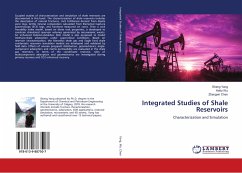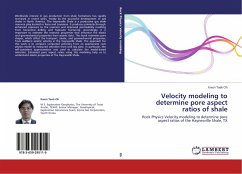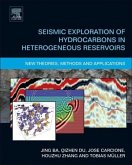The major difference between a conventional reservoir and an unconventional reservoir is the addition of organic matter in the unconventionals. Organic matter consists of kerogen (~90%) and bitumen (~10%). When the kerogen matures, it initially produces oil, and then gas. There is still some residue leftover in the form pure carbon (graphite). To better understand the hydrocarbon production from shales, a multi-disciplinary approach between geology, geomechanics, geochemistry, geophysics, petrophysics, and rock physics play an important role.








